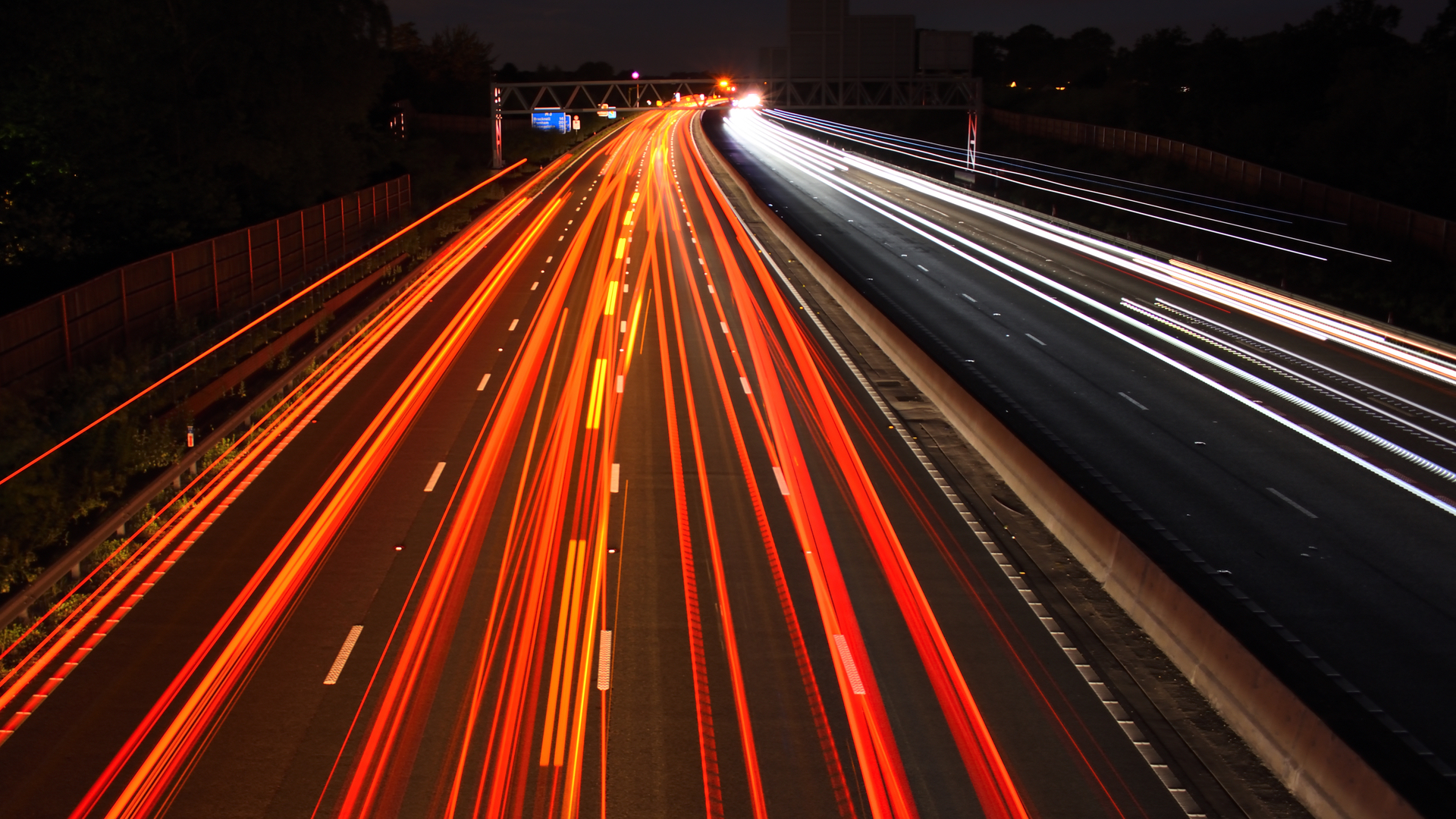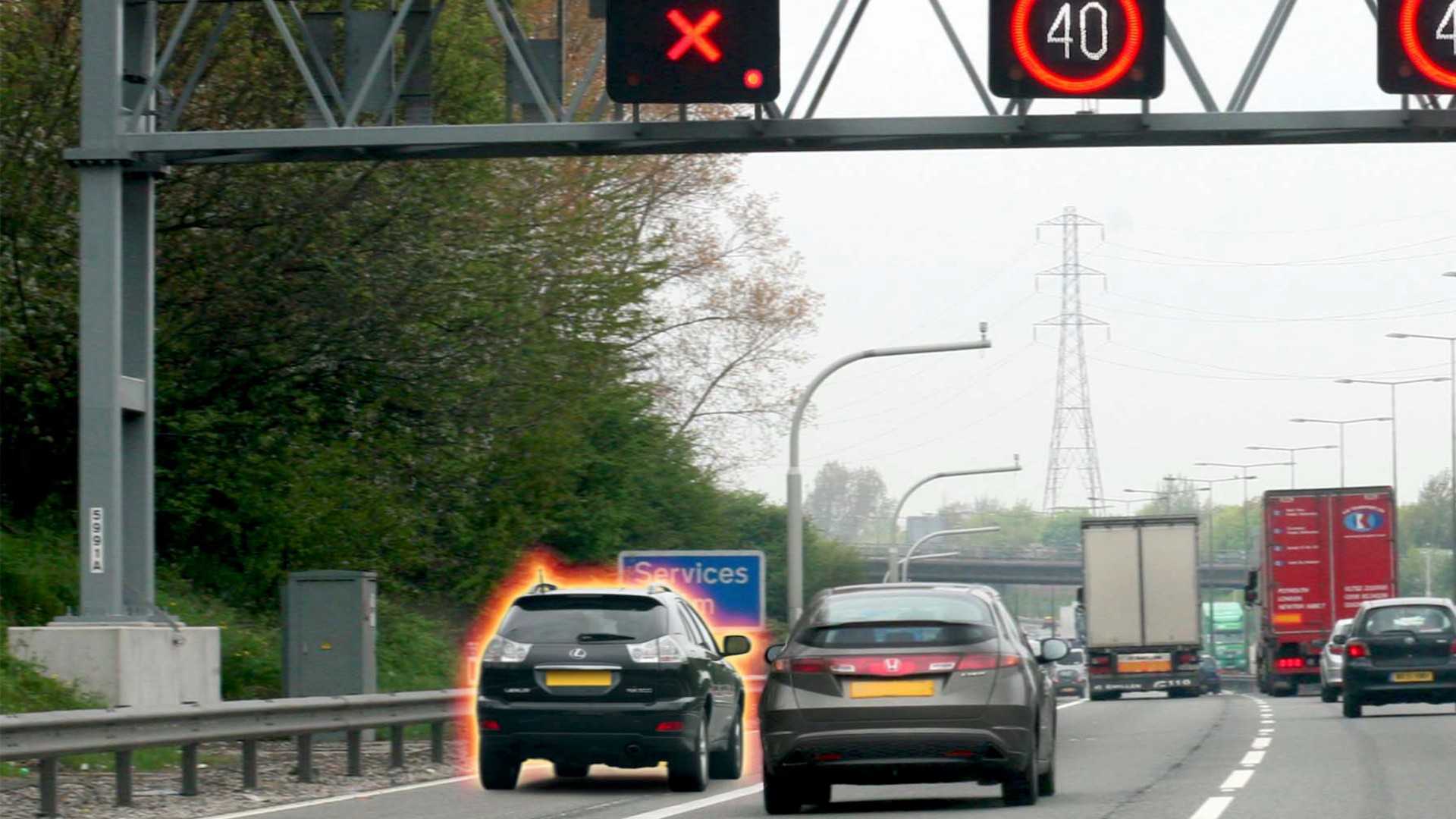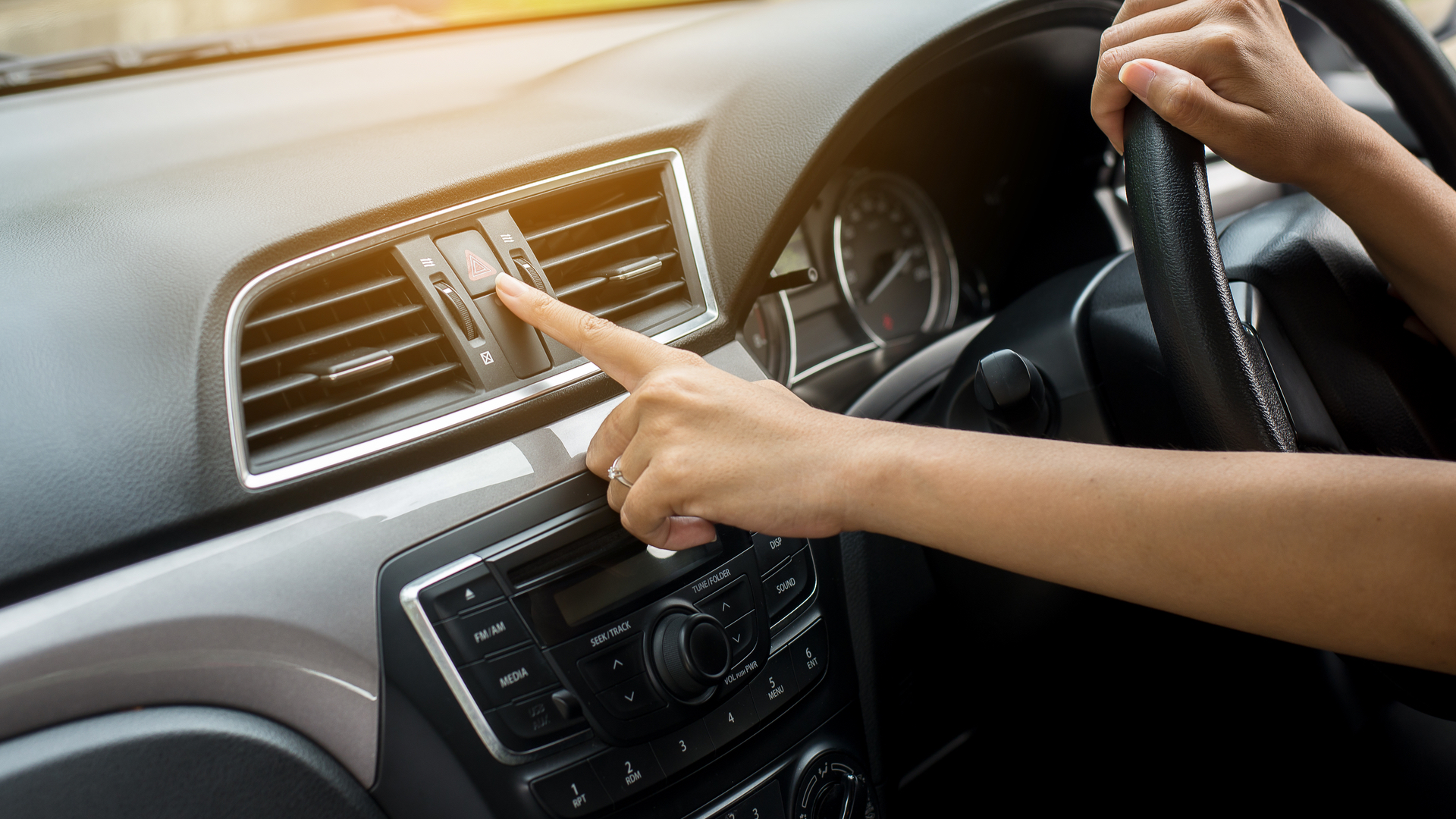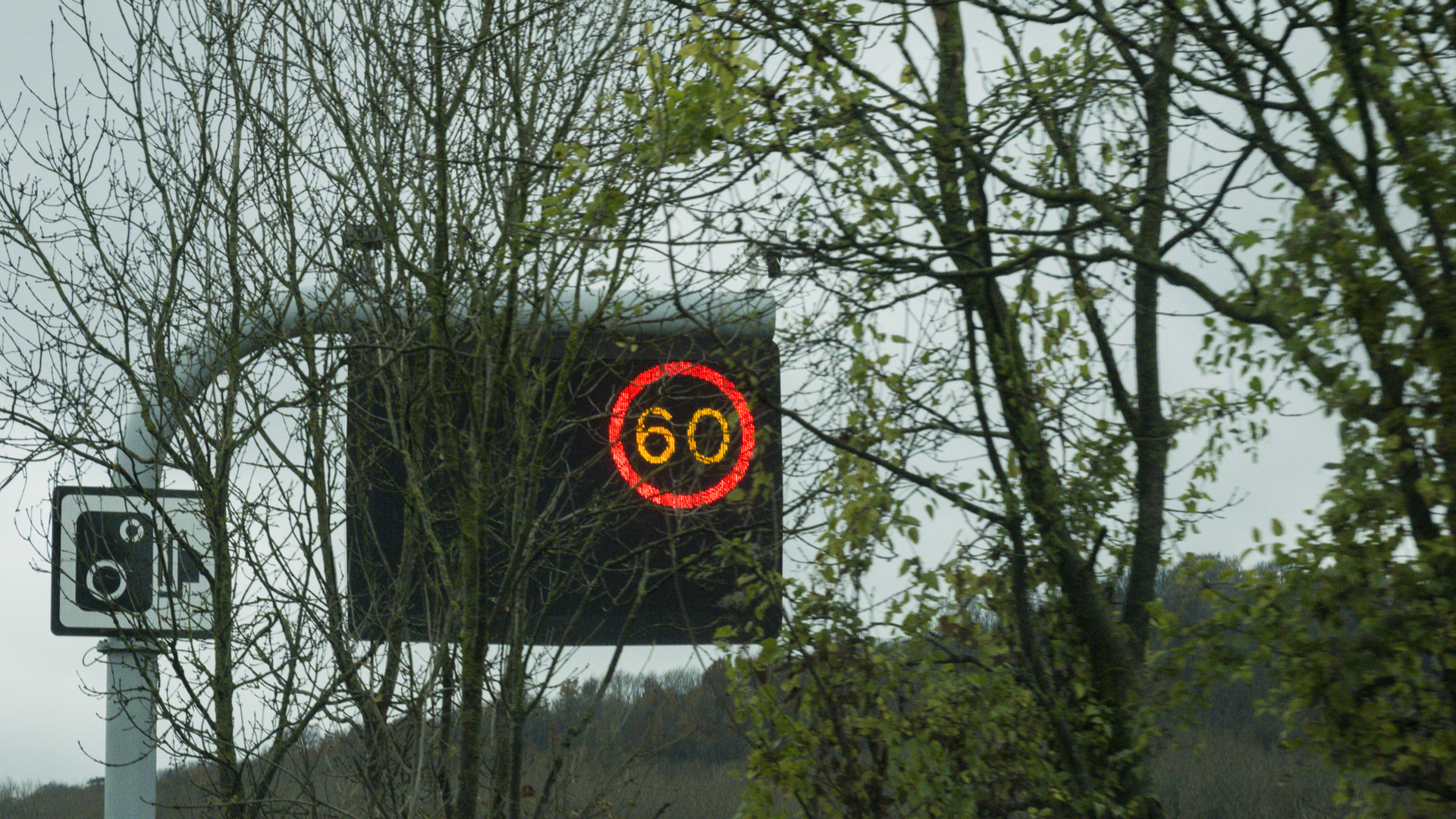
Rishi Sunak has halted expansion of the UK’s smart motorway network. The prime minister cited a lack of public confidence in smart motorways, which have been blamed for a number of accidents and road deaths, as one reason for his decision.
Smart motorways use technology to control the flow of traffic, reduce congestion and improve journey times. There are still 375 miles of these roads in the UK, so understanding how they work is important – both for your own safety and that of others.
These are the three types of smart motorway you may encounter:
- Dynamic hard shoulder: where the hard shoulder is temporarily opened up to traffic
- All-lane running: where the full width of the road is usable with emergency refuge areas alongside
- Controlled motorway: with three or more lanes, a hard shoulder and variable speed limits
Read our separate article to discover more about the pros and cons of smart motorways.
Tips for safe driving on smart motorways

National Highways, which manages the motorway and A-road network in England, has the following advice for motorists driving on a smart motorway:
- Never drive in a lane closed by a red ‘X’. Not only is it illegal, you will endanger the lives of other motorists and anyone who might be working in the closed lane.
- Keep to the speed limits shown on the signs. National Highways uses sensors and cameras to monitor traffic volumes, with limits set accordingly.
- A hard shoulder is always identified by a solid white unbroken line. If there’s no speed limit displayed above it or a red ‘X’ is displayed, do not use it except in emergency.
- A broken white line indicates a normal running lane.
- If the hard shoulder is being used as an extra lane, use the designated emergency areas for emergencies.
- If your vehicle experiences difficulties, exit the motorway immediately.
- If you break down, put your hazard lights on.
- Most breakdowns are preventable. Keep your car maintained, check your tyres and ensure you have enough fuel for your journey.
In an emergency or breakdown

If you are unable to exit the motorway, follow these steps:
- Use an emergency area. These are marked with blue signs with an orange SOS telephone symbol.
- If you can leave your vehicle safely, contact National Highways using an emergency telephone at the roadside. Alternatively, call 0300 123 5000 from your mobile phone.
- If you can’t get to an emergency area, move to the hard shoulder (where available) or as close to the nearside of the road as possible.
- Consider exiting the vehicle via the nearside door and waiting behind the safety barrier.
- Switch on your hazard lights and side lights. Do not use a warning triangle.
- Contact your breakdown provider, such as the AA or RAC.
What does the red ‘X’ mean?
A red ‘X’ means you must stay out of a lane that is closed to traffic. It might be displayed on an overhead gantry or on large signs next to the motorway.
It’s illegal to drive in a lane closed by a red ‘X’ sign. You could receive a fixed penalty of up to £100 and three points on your driving licence. More severe penalties and a court appearance could follow in some cases.
Variable speed limits

National Highways might impose a variable speed limit at busy times, but these can also be automatically triggered by sensors that monitor traffic flow.
The speed limit is displayed inside a red circle and is legally enforceable. If no limit is displayed, the national speed limit of 70mph on a motorway applies.
Speed cameras are in operation on the smart motorway network and the police are responsible for enforcing speeding offences.
Always keep left
As on any motorway, you should always drive in the left-hand lane when the road ahead is clear.
You must not drive on the hard shoulder except in an emergency, or unless instructed to by the police, National Highways or road signs.
ALSO READ:
Which lane should you use on an unmarked roundabout?
I think these roads are very dangerous I was on the M25 when a car broken down in the nearside lane and it was horrendous. These only reason these have been a drop in accident is because cars are more reliable so they do not break down so much. I would feel very frighten if I broke down I one of these lanes.
in the lay buy on smart motorway see lorry park up in the lay buy for the night stopping car with emergency parking in a safe place
there is no police around sort out parking of lorry and fine them
if a disable people driving a car aloned they can not exit the car if they in trouble have to stop in the car unit help come
leave them at risk from a car hitting them in there can
I hope we can go back to the hard lane on the motorway for every one safety
more police on the motorway to fine bdd driving
I hate driving on smart motorway
I thought government had put a stop to the development of further ‘smart’ motorways. Existing ‘smart’ motorways should converted back to having a hard shoulder.
I will avoid smart motorways as much as possible. Even if someone is driving dangerously slowly on a motorway it is surprising how fast you are on top of them. I don’t think technology controlling everything is infallible
.
Driving safely on a smart motorway is an oxymoron. I stay out of what was the hard shoulder lane at all times as a protest of their fundamental insanity..
Please can someone create an A to Z with a line of skulls and crossbones placed on all of the stretches of snart motorways. Better still, a sat nav program that allows me to filter out smart motorways so I can still use the conventional motorways, but avoid the smart motorways. And can we please change the name from smart motorways to “hope that hgv doesn’t slam my ass into my penis if I breakdown, creating a penis ass pancake” motorway. Or just penis ass pancake motorways.